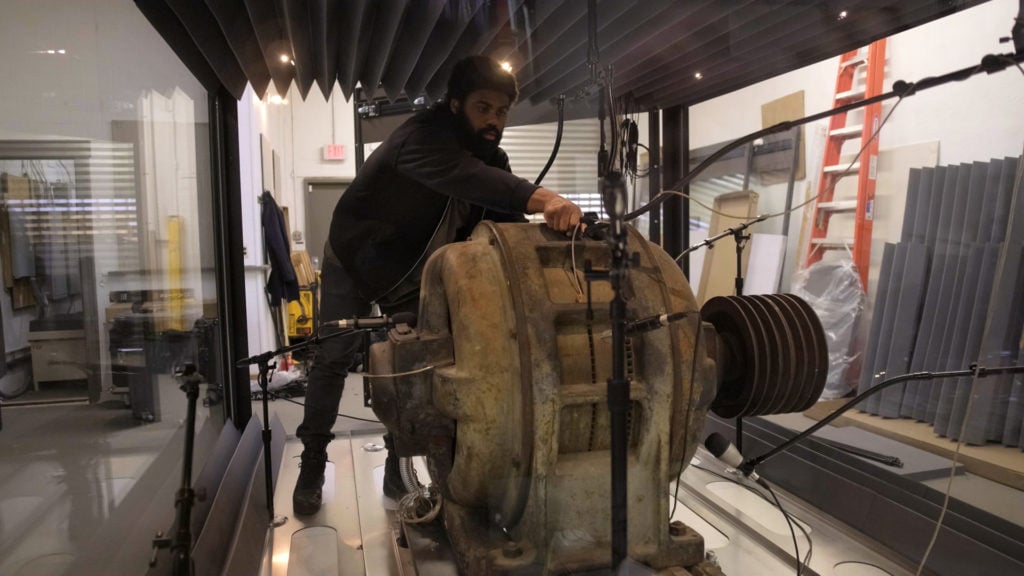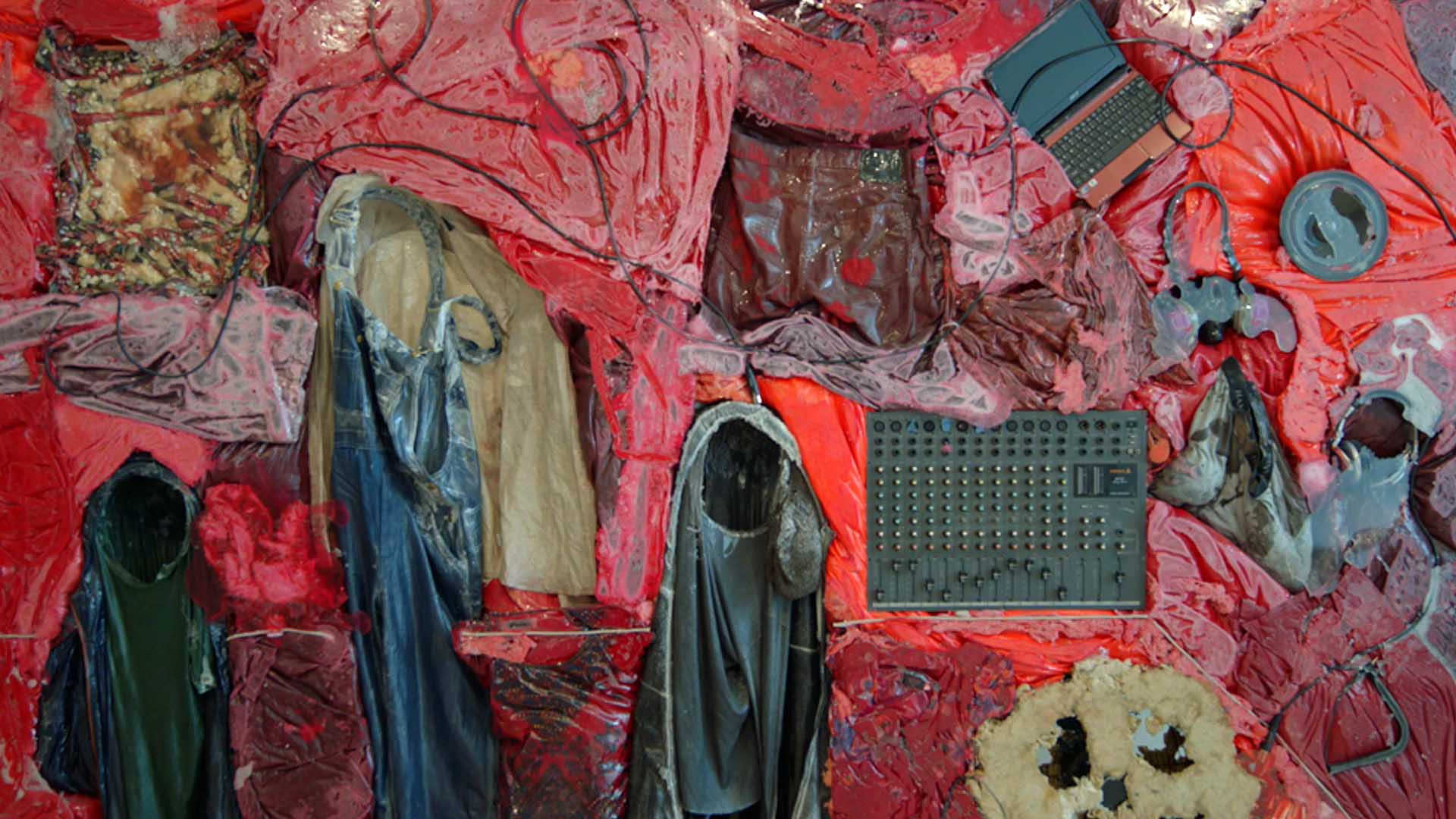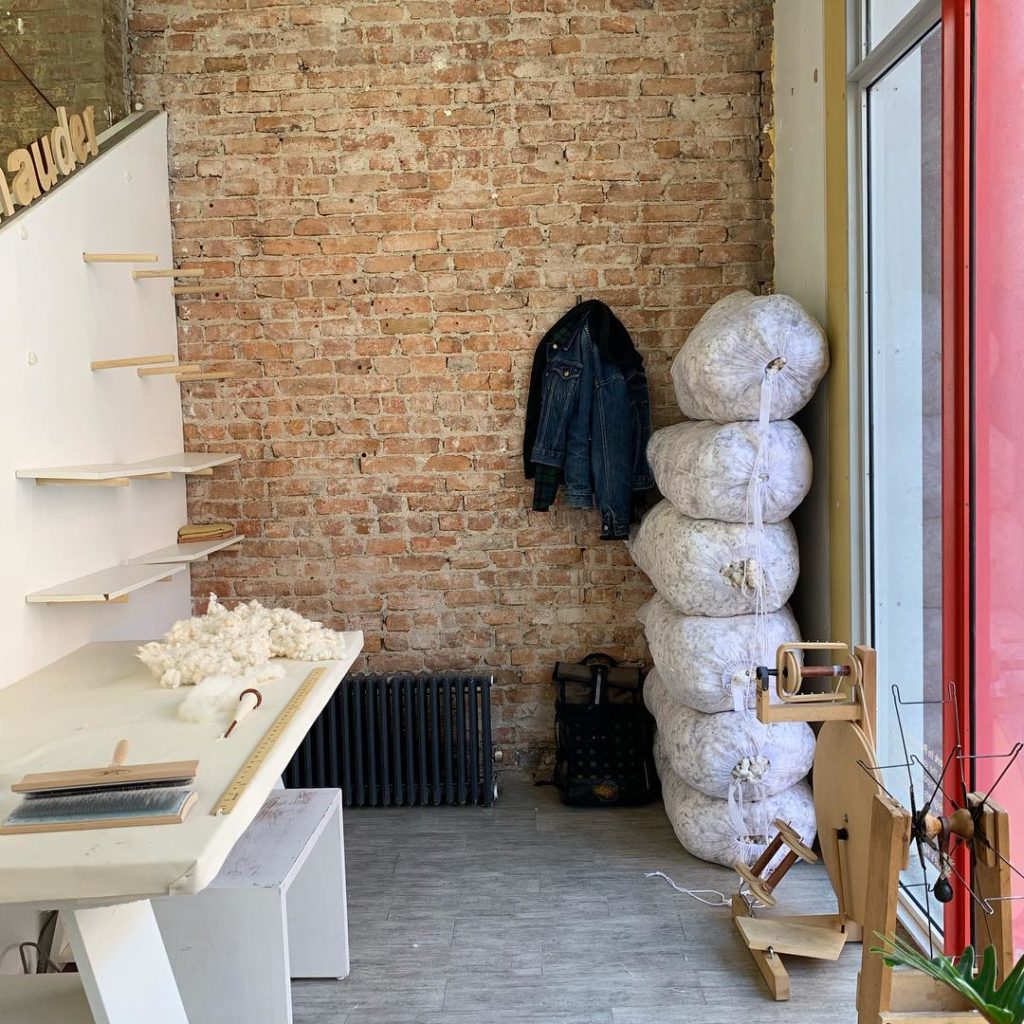Cotton: A Capsule History Part III — Art and The Future of Cotton
This post, as a finale for this series that has focused on the history and nature of cotton production today, looks toward the future. As cotton’s power is unlikely to ever be fully extinguished from our lives, and certainly as the devastating and unjust historical foundations it has laid are a bed we will always stand upon, how can we rethink cotton and our relationship to it? Ethical growers, then, while an important piece of the puzzle, and support for humane labour and sustainable environmental policies imperative to any radical transformation of the market, are a push in the right direction.
But the awakening of our collective social consciousness to these sorts of issues around the topic of cotton and its unique historicity often enters another domain — that of art.

Artist Kevin Beasley created a years-long project that later triggered his solo show at the Whitney Museum, Kevin Beasley: A View of Landscape. His project was supposedly inspired by a long, twisting road journey the artist took on the way to a family reunion in Valentines, Virginia.
On his way he passed fields and fields, a sea of cotton, and was left wondering “Why am I so mad at this plant? … there’s a lot of unpacking that has to happen.”
The result was three large sculptural works and research-based installations engaging with how cotton is processed, manufactured, and transfigured. The center-piece of Beasley’s sculptures is the massive and rust-laden engine of an old industrial cotton gin, an object that, in Beasley’s work, shines forth as a measure of both innovation and industry and also, of course, as a symbol of the work of the enslaved. In Beasley’s own words, the cotton gin “separates the fibers from the seeds, which was the most time-consuming part for slaves,” but, as opposed to reducing the American South’s reliance on slave labor, it merely ramped up production and entrenched and enriched the plantation system even further on the backs of slaves. The heart of Beasley’s exhibition is the exploration of how raw cotton is transformed and integral in so many of today’s major industries, with the final section of the show being dedicated to displaying the many end products of what was previously just a raw material, from a university sweatshirt, to a handful of mass-produced blue durags.

Another artist dealing with cotton in a similar vein is Tschabalala Self in her recent show Cotton Mouth at Eva Presenhuber, NYC.
Here, as opposed to using cotton’s history in a more literal manner, as with Beasley, Self invokes cotton in the title for her show to conjure up the material’s “supercharged history for Black Americans specifically,” says Self. “[It speaks to] Black Americans’ labor and sacrifice—and tangentially embody the Black American experience of American chattel slavery.”
And Self’s work, a practice entirely concerned with Black life and embodiment, assembling a cast of figures collaged and stitched together that hold power over their own external perception — and so the invocation of cotton in Cotton Mouth holds a double meaning. While ‘cotton mouth’ is a colloquial term for having a mouth so dry that one is unable to speak, the term is also about the silencing, the inability to speak, that bears particular significance to a Black American lexicon. As Self states, cotton is “supercharged” and ‘cotton mouth’ a metaphor, a doubled-symbol through which blackness can be described historically and contemporarily.

One of Textile Arts Center’s own former artists from the Work In Progress residency, Kendall Schauder, is working on a creative intervention into the historical landscape of cotton. Her ongoing project, a performance work entitled How to Grow Denim, provides a craft-inspired interruption of the normal life-cycle of cotton production. The project involves Schauder going through all of the steps involved in creating a 40-yard bolt of denim. The cotton for her project was sourced from Bayside Richardson Co-Op Gin in Texas after their cotton crop was damaged during Hurricane Harvey in 2017, which had left tons of cotton unsalvageable. Schauder is taking it upon herself to dry, clean, deseed, spin, dye, and weave this cotton into the denim that we so often take for granted. At the beginning of the project, Schauder had never spun before, but learned with her hands throughout the process.

How to Grow Denim is a refreshing sight, an alternative to the fast-paced, unsustainable, impersonal and industrial nature that cotton production takes in our current moment.
And these remain only a few ways that individuals are reacting to the long history of cotton and its bearing on our present. If anything, this series shows that there are many ways to reflect, rethink, and respond to the legacy of this material and all of its metaphysical significance. There are transformations to be made in art, in production and manufacture, and in education that can better prepare us to encounter the “fabric of our lives” critically, thoughtfully, and radically the next time we pick up any article of clothing that purports to be 100% cotton.
Fuse, Arte. “Art Exhibits, Art Magazine, Contemporary Art, Art Blogs, Art Artists.” Arte Fuse (blog), November 14, 2020. https://artefuse.com/2020/11/14/tschabalala-self-cotton-mouth-at-eva-presenhuber-nyc/.
Schauder, Kendall. “How to Grow Denim, Current.” http://www.kendallschauder.com/howtogrowdenim.html.
News, Artnet. “‘These Works Demand You to Confront Them’: How Artist Kevin Beasley Transforms Cotton Into Social Commentary,” February 7, 2019. https://news.artnet.com/exhibitions/kevin-beasley-art21-1460062.